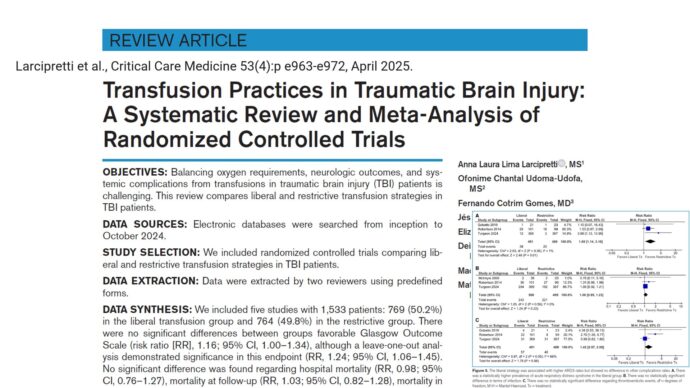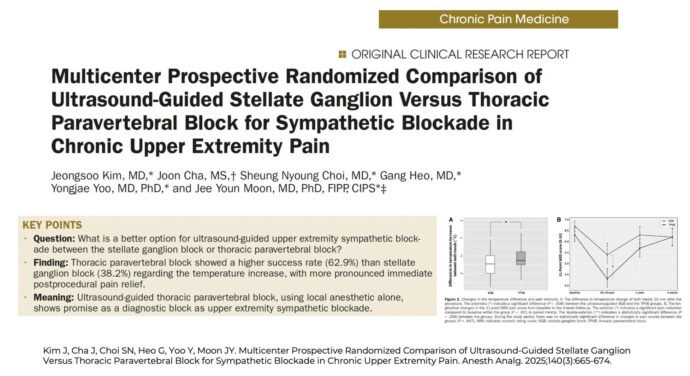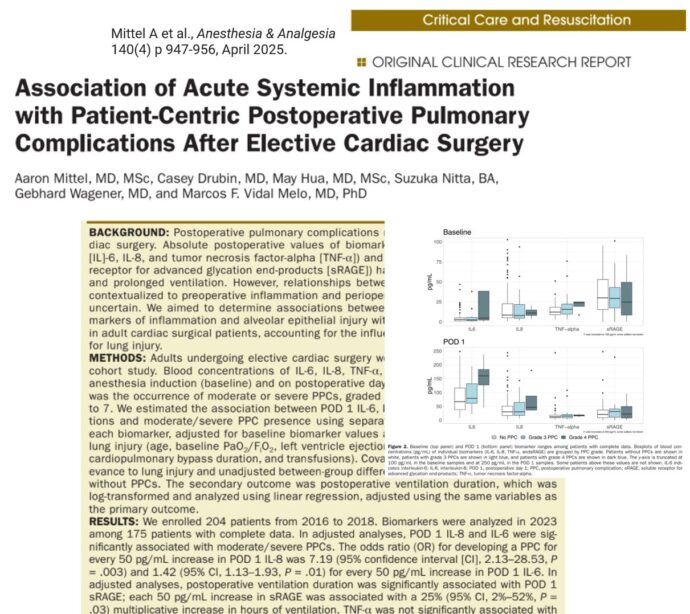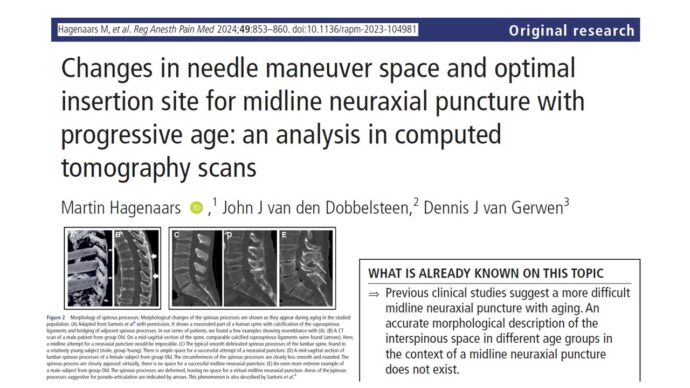
PEC I versus PEC II block?
Many delegates at NYSORA’s fabled Boutique Workshops express confusion about these two blocks, or more precisely, the difference between PEC I and PEC II blocks. So, let’s take this a step back: Pectoralis nerve (PEC) blocks are newer ultrasound-guided regional anesthesia techniques for analgesia of the thoracic wall. They are interfascial injections, that were developed as an alternative to thoracic epidural, paravertebral, intercostal, and intrapleural nerve blocks. Their indications are primarily for analgesia after surgery on the hemithorax.
The PEC I block anesthetizes the medial and lateral pectoral nerves, which innervate the pectoralis muscles. This is accomplished by an injection of local anesthetic in the fascial plane between the pectoralis major and minor muscles. Perhaps most commonly, they are used for analgesia after breast surgery. However, folks have used them with success for pacemaker insertion, pain due to extravasation of the fluid into pectoralis muscles after shoulder arthroscopy. These few indications we list here can be used as some examples and a basis for their use in many other, similar clinical scenarios

PEC I block; Reverse Ultrasound Anatomy with needle insertion in-plane and local anesthetic spread (blue). PTA, pectoral branch of the thoracoacromial artery; R2, second rib; R3, third rib.
The PEC II block (which also includes a PEC I block) is an extension that involves a second injection lateral to the PEC I injection point in the plane between the pectoralis minor and serratus anterior muscles to block the upper intercostal nerves, often at the level of the third rib. Therefore, in addition to the block of medial and lateral pectoral nerves with PEC I block, PEC II aims to block the lateral branch of the T2-4 spinal nerves. If sufficient local anesthetic penetrates the external intercostal muscles, a PEC II block can also block the anterior branch of T2-4 spinal nerves, although this cannot be guaranteed.
A PEC II block can also provide additional analgesia via exposing the long thoracic nerve (C5-7) to the local anesthetic (arises from and innervates the serratus anterior muscle), and the thoracodorsal nerve (C6-8), which innervates the latissimus dorsi muscle.
Therefore, the PEC II block may be useful in patients having more extensive breast surgery. Some examples of its successfully used indications are mastectomy and resection of tumors in the pectoralis muscles, the serratus anterior muscle, and/or the axilla.

PEC II block; Reverse Ultrasound Anatomy with needle insertion in-plane and local anesthetic spread (blue) 1) Between the pectoralis major and minor muscles (PEC I), and 2) Between the pectoralis minor and serratus anterior muscles.

Subscribe to NYSORA’s “Compendium of Regional Anesthesia” to access the complete reference guide to practical Regional Anesthesia. NYSORA’s Compendium of Regional Anesthesia is simply the most comprehensive and practical curriculum on Regional Anesthesia from A to Z, featuring NYSORA’s Premium content. As opposed to textbooks and e-books, the Compendium is continuously updated and features NYSORA’s newest videos, animations, and visual content.



